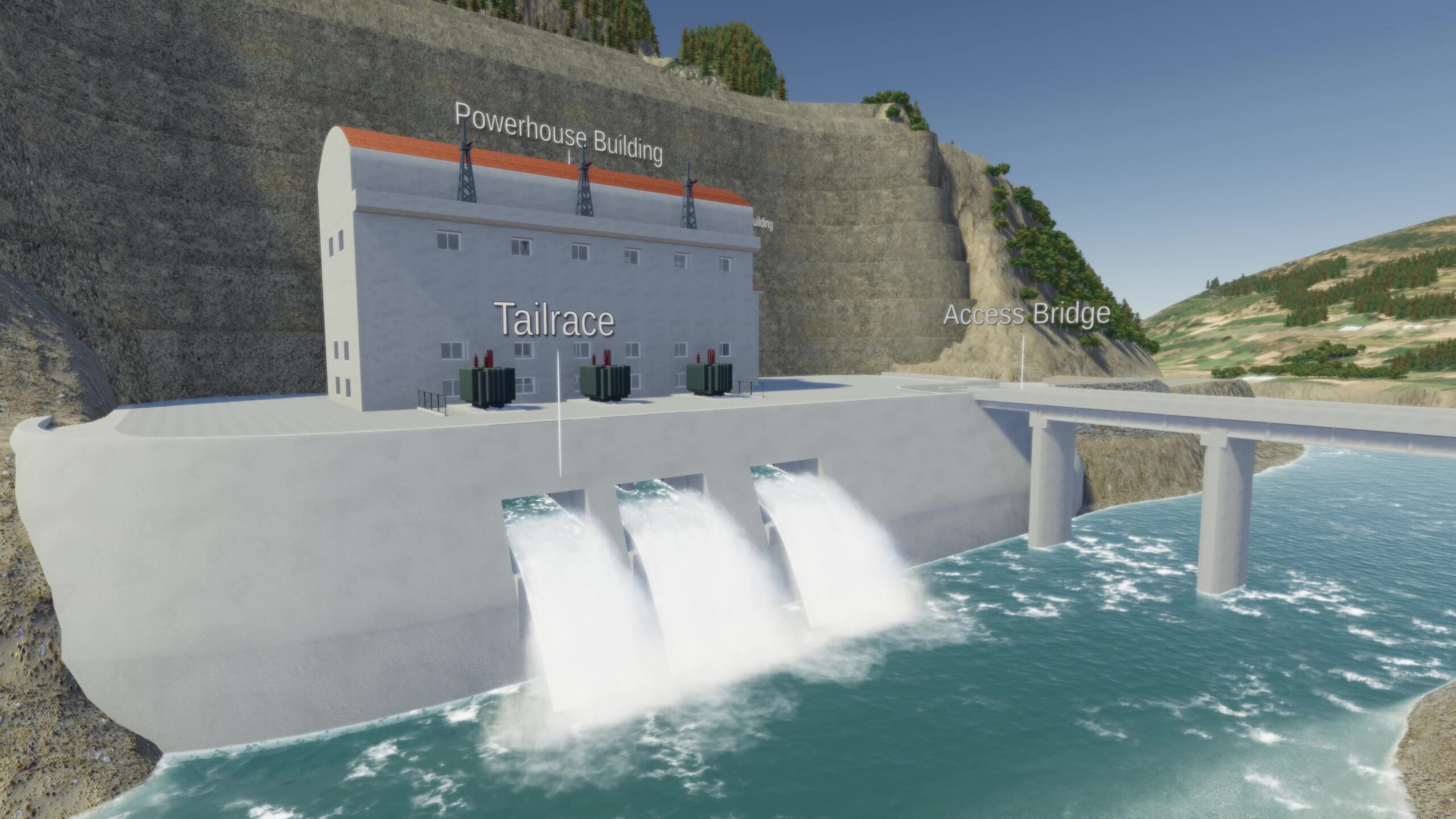
88
MW
Generation Capacity Gabral-Kalam
150
m
Crest length of concrete gravity dam
4.7
km
Headrace tunnel
215
MW
Generation Capacity Madyan
77
m
Crest length of concrete gravity dam
11.8
km
Headrace tunnel









